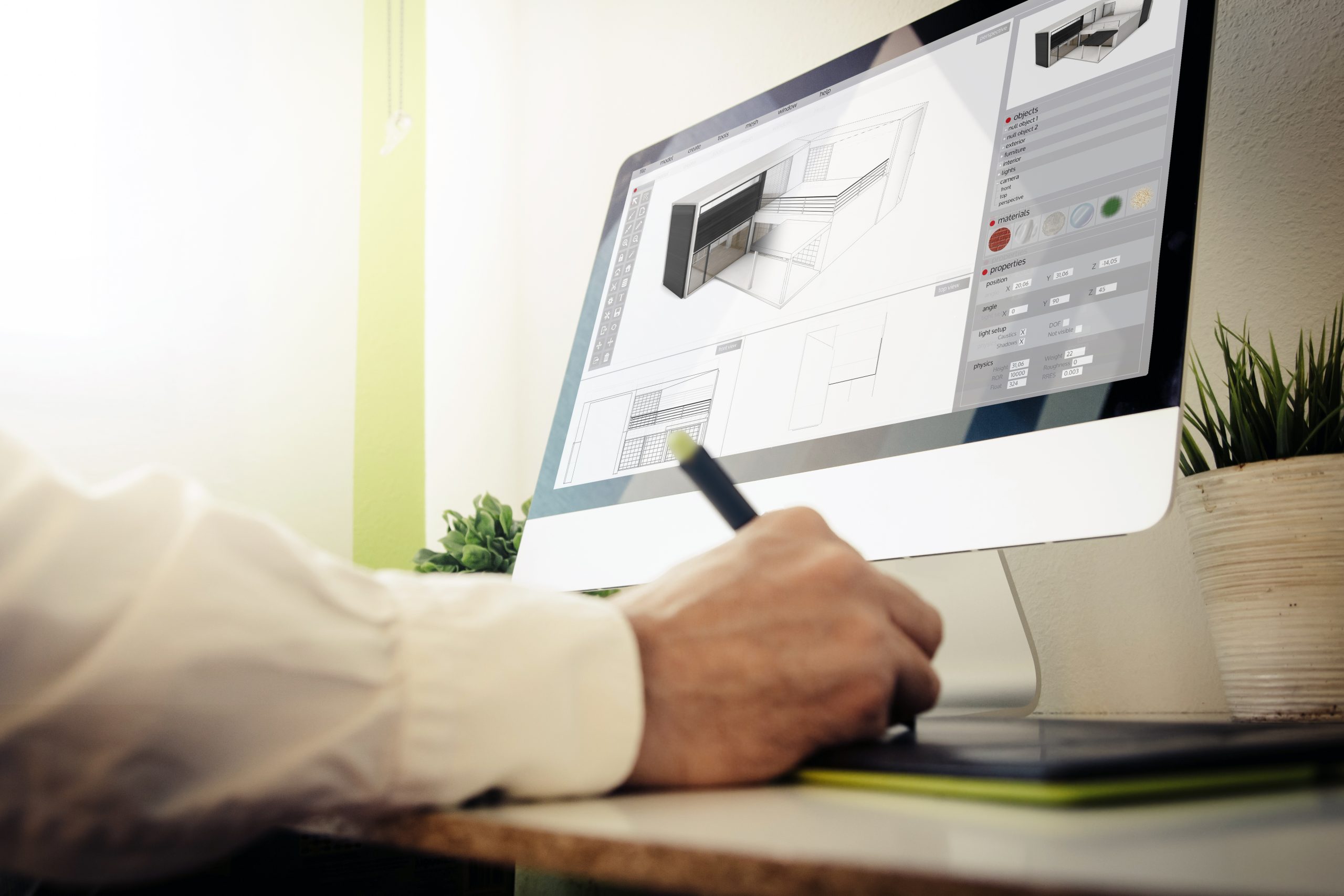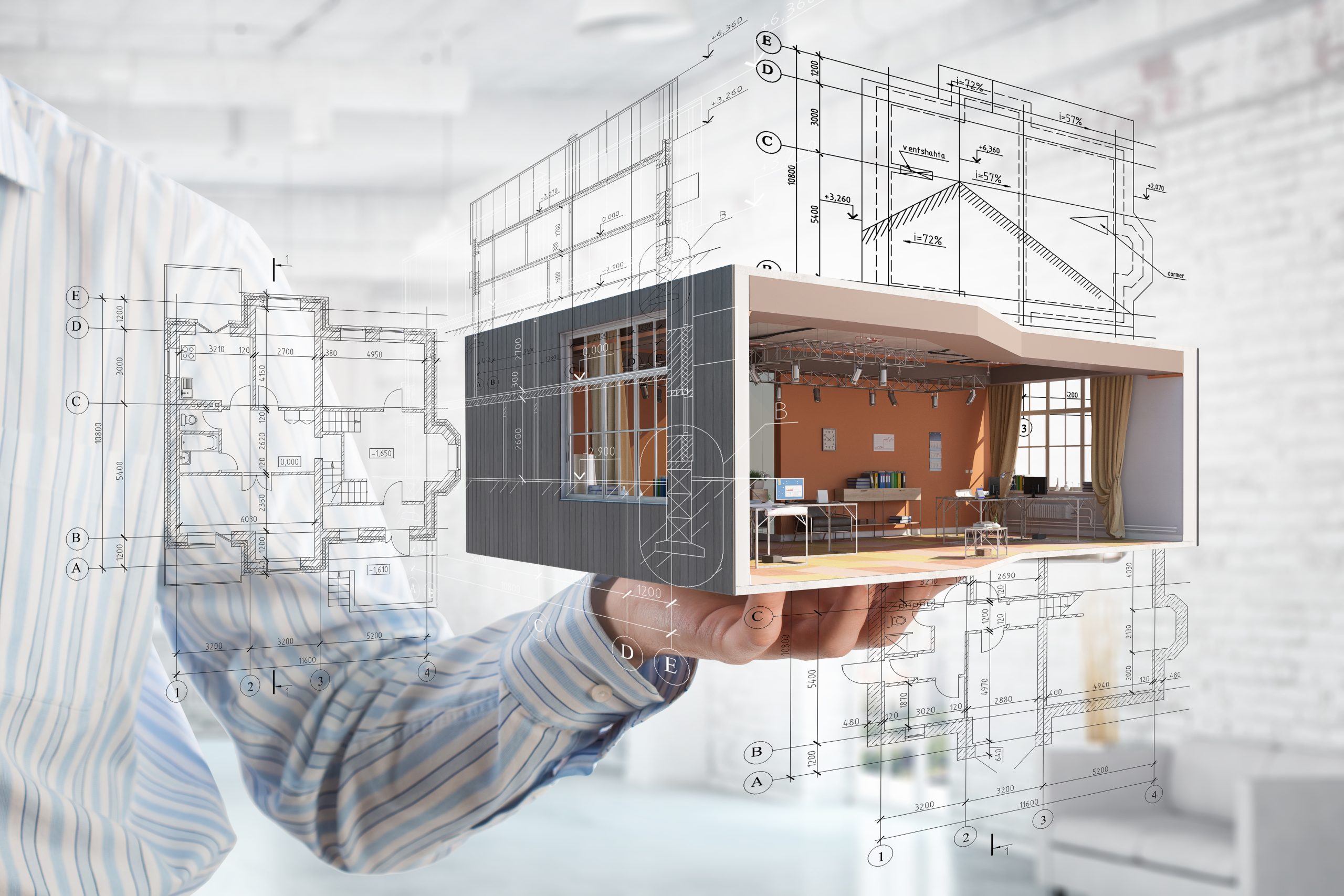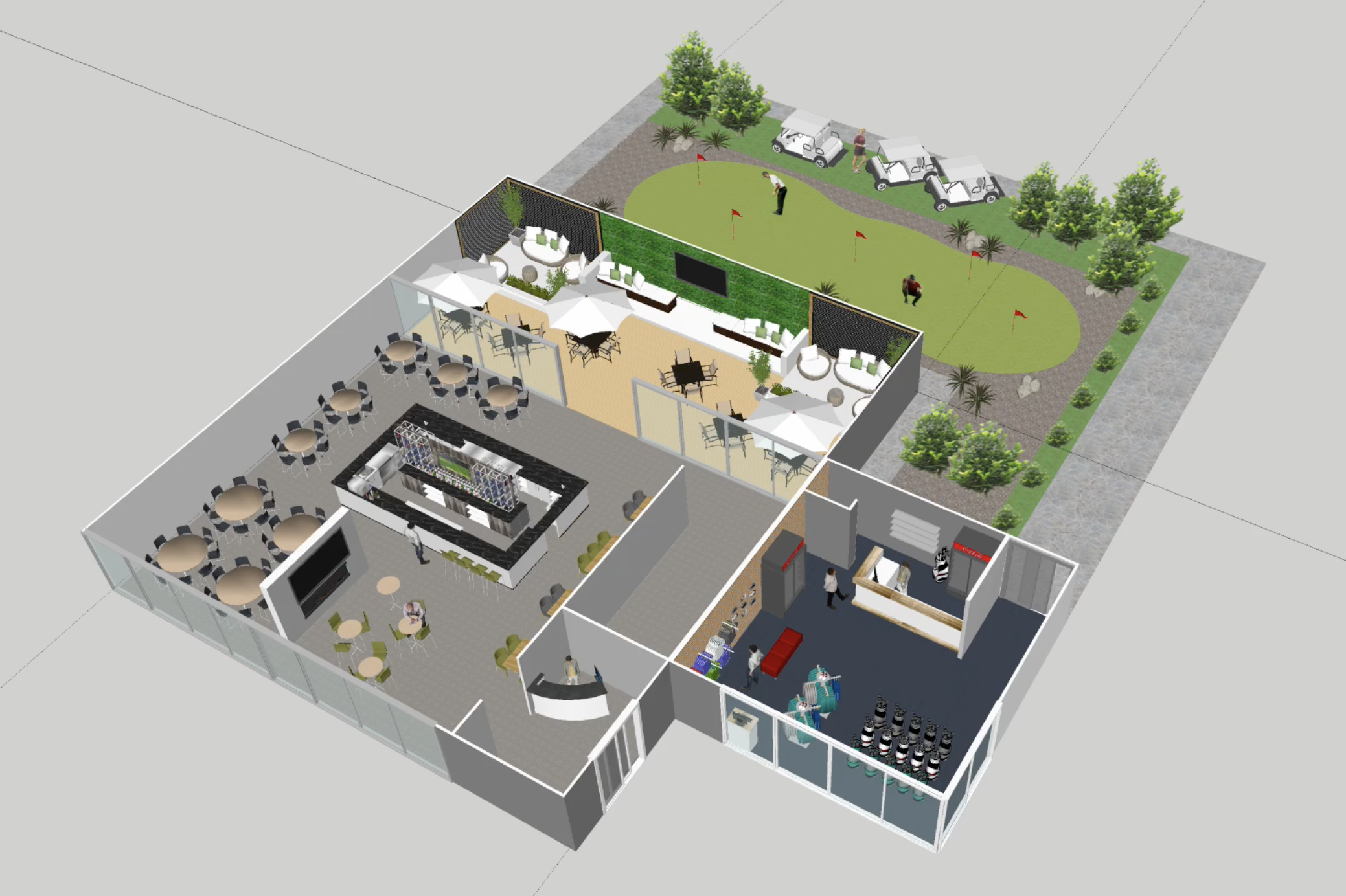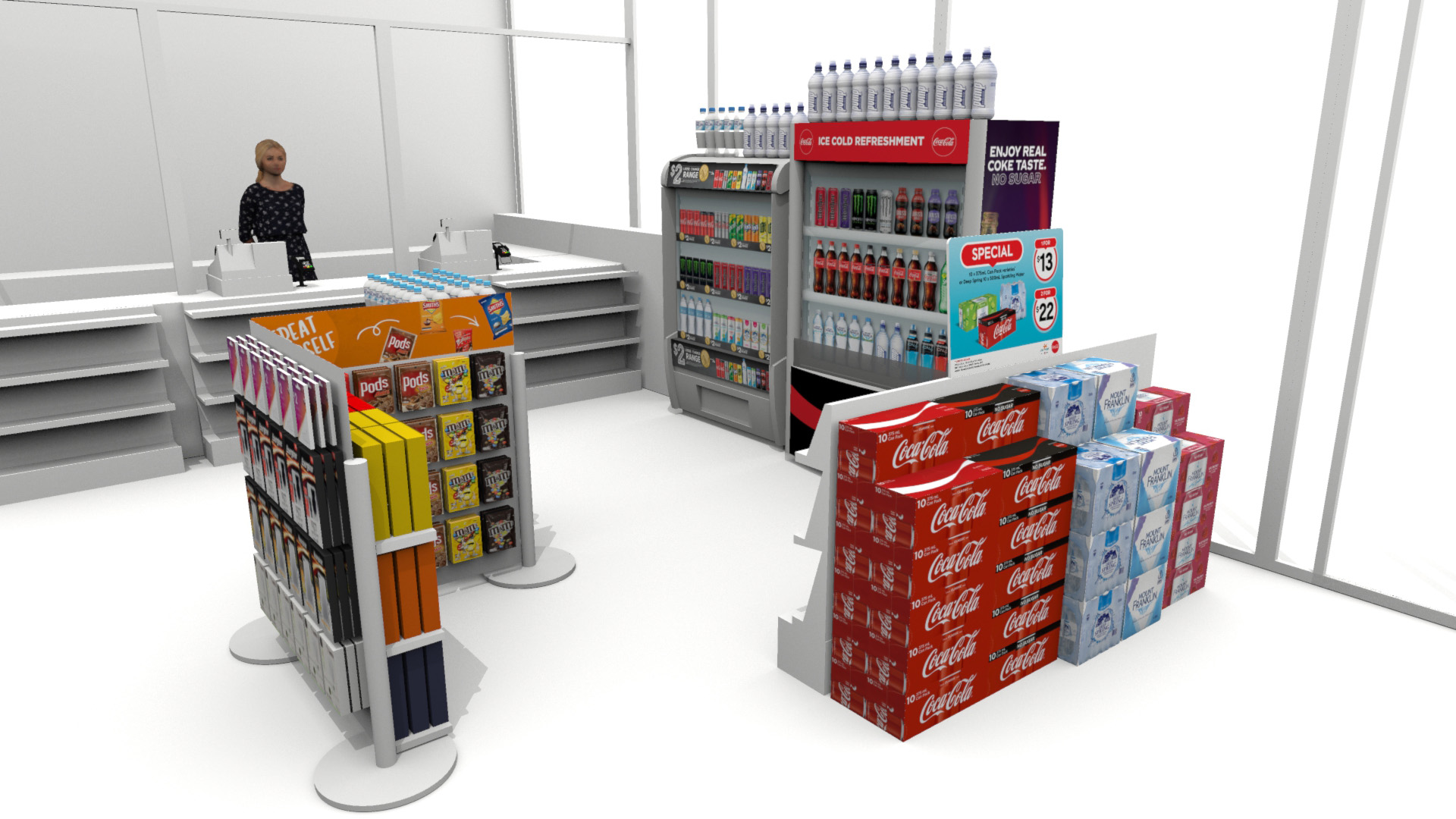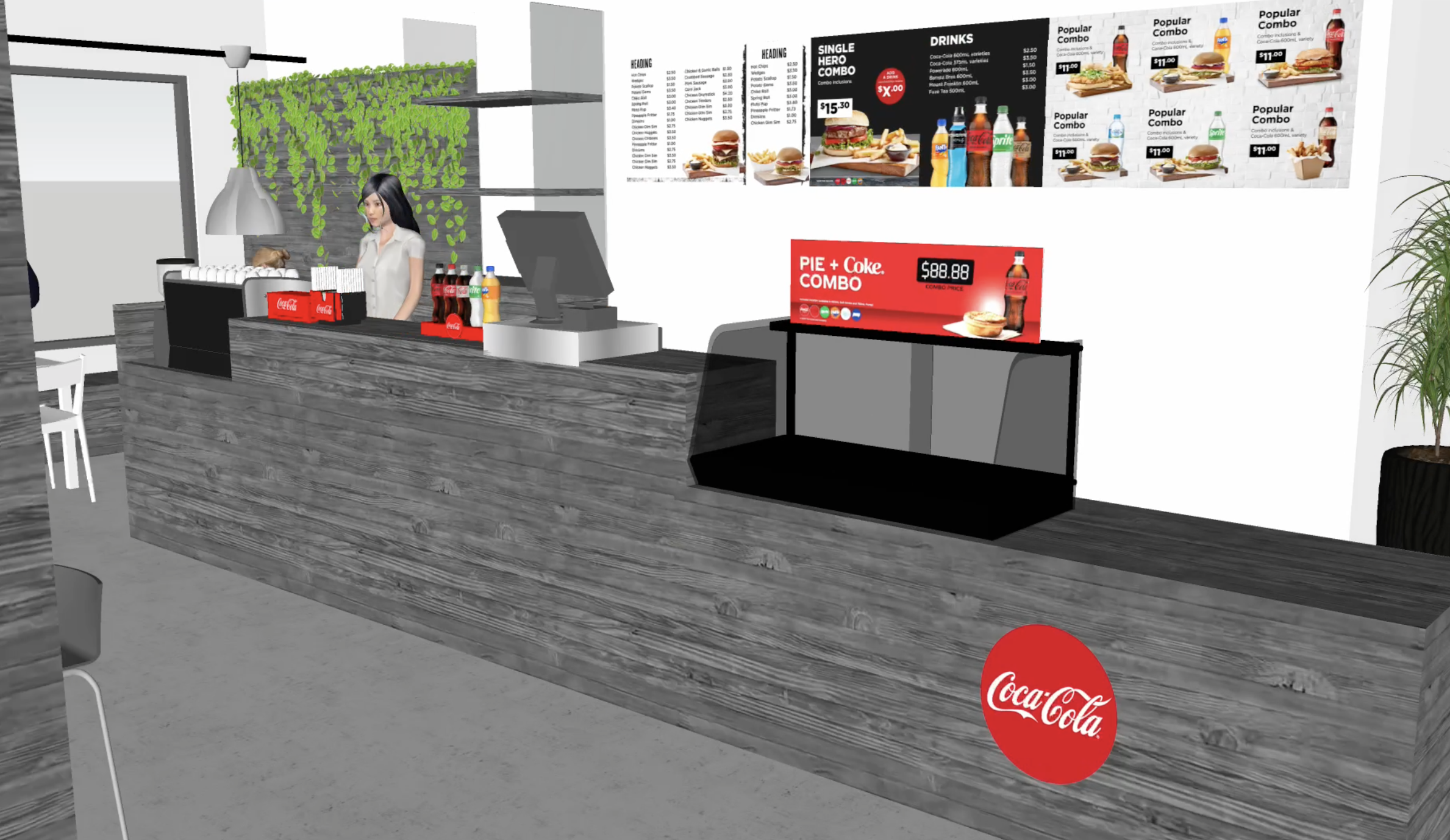Since the 1970s, the marketing world has undergone a profound transformation, driven by technological advancements, and shifting consumer preferences. Among the tools driving this change is 3D modelling programs (i.e., Autodesk 3ds Max, SketchUp, Photoshop), which empower designers to create realistic representations of buildings, spaces, furniture, and other objects. Market research indicates that 95% of consumers prefer 3D-rendered products over images/videos (The Pro 3D Studio 2023). Therefore, it’s imperative for brands to embrace 3D modelling, to remain competitive in their respective markets.
At Adlab, we boast a highly specialised team proficient in 3D rendering tools, such as Sketchup and Photoshop. This expertise enables us to craft immersive and visually captivating designs that not only exceed client expectations but also enhance engagement with their target audience. Leveraging this expertise, this blog will discuss 5 distinct advantages of incorporating 3D modelling into your marketing strategy!
5 Advantages of Using 3D Modelling for Marketing
1. Cost & Time Efficiency
Firstly, 3D modelling is a streamlined and cost-effective approach to design. Compared to traditional marketing – where brands sketch concepts and create physical prototypes, 3D rendering programs enable businesses to craft lifelike models without physical construction. This accelerates the marketing timeline by reducing the production time and the cost of materials needed to build/rebuild prototypes. In so doing, this translates to faster project completion, empowering brands to meet tight deadlines and swiftly respond to market demands!
2. To-Scale Models
3D modelling also offers a revolutionary scale that delivers unmatched precision and realism! Using these tools, brands can create designs using their precise product dimensions, and adjust the size and layout as needed – ensuring the utmost accuracy. Further, 3D modelling offers comprehensive visualisation from a 360-degree perspective, a crucial asset for brands (particularly in the marketing and architecture industries). This functionality enables them to confidently:
- Visualise their products.
- Make size modifications without affecting deadlines or incurring additional costs.
- Identify and rectify errors before physical prototyping begins.
This enhancement streamlines the construction process, reducing potential setbacks. Further, 3D modelling can boost sales and engagement, with research indicating that 40% of consumers are more confident purchasing products that utilise photo-realistic models (Three Kits 2023). Consequently, brands must provide visuals that authentically represent their products, to gain a competitive advantage.
3. Adaptability
Adaptability is a standout benefit of 3D modelling, offering unparalleled flexibility for your designs. Need to switch up the colour or tweak the shape? 3D modelling programs simplify these adjustments, allowing brands to effortlessly manipulate geometric elements like dimensions, contours, and angles with swift iteration. Additionally, they boast a robust suite of design features, including:
- Colour schemes.
- Lifelike textures.
- Material finishes.
As such, 3D modelling is a versatile and budget-friendly option for businesses looking to explore numerous design possibilities before committing to the final concept!
4. Realism
When developing your product, it’s important to envision how it will integrate into a real-world setting. Thanks to 3D modelling, the need for physical visits to the intended location (pre- and post-construction) is a thing of the past! Now, brands can digitally integrate their product/signage into any environment they desire, whether it’s a storefront, billboard, store aisle, or strategically placed point-of-purchase.
Look at this example crafted by Adlab using Sketchup:
Unhappy with the placement or how your design interacts with its surroundings? 3D modelling programs enable brands to tweak their design until it seamlessly blends into its environment. The possibilities are truly limitless!
5. Easier Communication
Finally, are you tired of struggling to convey your design vision to colleagues/clients? What if we told you it doesn’t have to be complicated or time-consuming? With the following 3D modelling program features, brands can effortlessly guide others through their design process:
- Fine-tuned lighting.
- Walk-through videos.
- 360-degree rotational views.
By visually presenting your designs, there’s no need for lengthy, or convoluted explanations that often lead to confusion. This promotes faster, more effective communication, ensuring perfect alignment between your ideas and the expectations of your brand and/or clients.
Closing Statement:
In summary, 3D modelling has revolutionised the marketing landscape, providing brands with efficient and cost-effective solutions to product design. From creating to-scale models, adapting them where required, envisioning them in real-world settings, to facilitating effective communication with colleagues/clients, 3D modelling empowers brands to deepen engagement with their target audience. By embracing this ever-evolving software, brands can stay ahead in a competitive market, driving success and innovation.
Want to utilise 3D modelling in your marketing strategy? Contact Adlab today at: https://adlab.com.au/contact/

